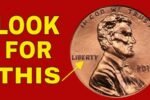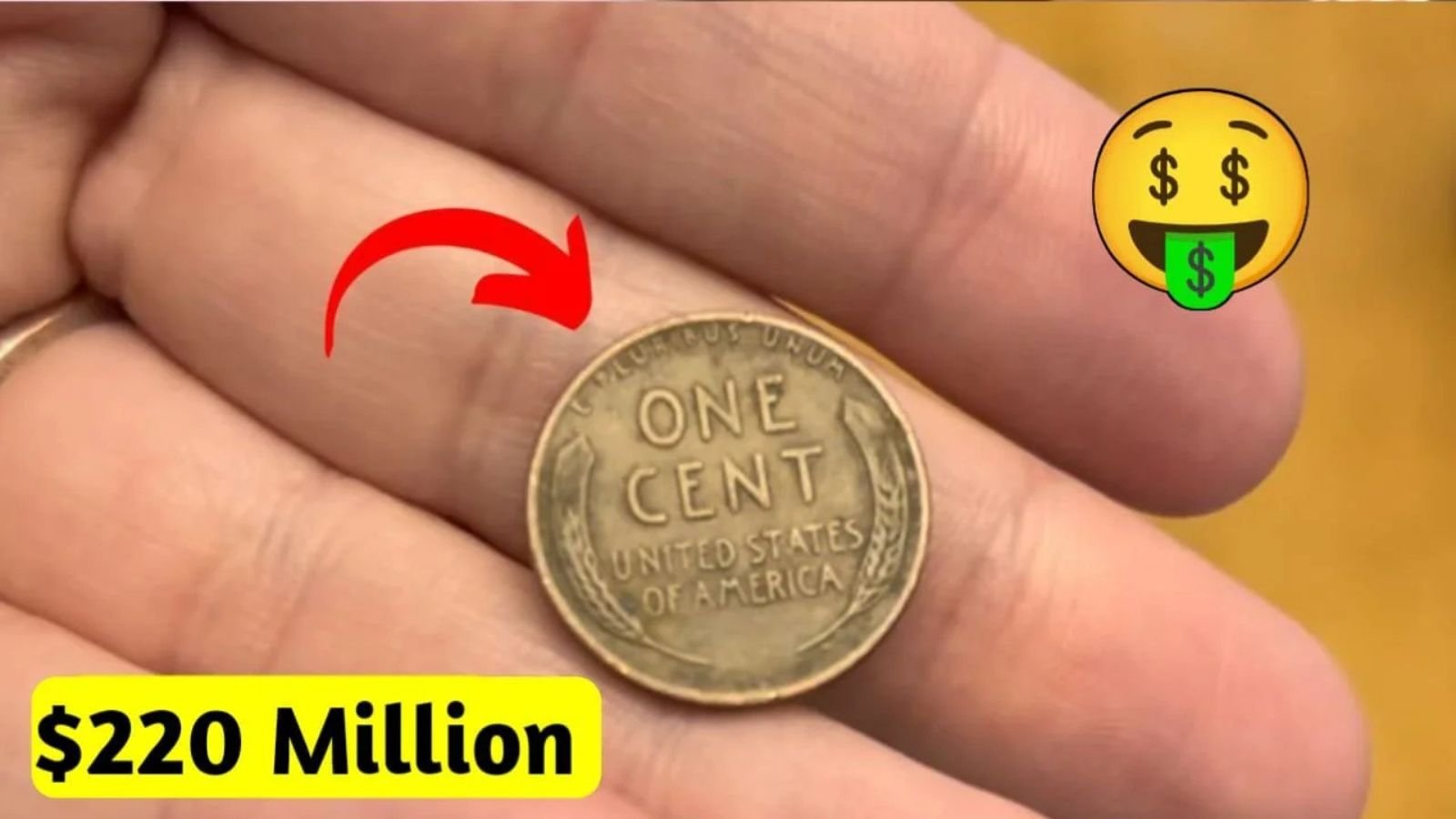Have you ever glanced at your pocket change and wondered if you’re holding a hidden treasure? You’re not alone. The fascinating world of coin collecting—called numismatics—is full of stories where seemingly ordinary coins are worth a fortune. Among these, one coin has captured the imagination of collectors and dreamers alike: the Rare Bicentennial Quarter.
Yes, it’s true. A coin that looks like any other might be worth millions. Some collectors have stumbled upon quarters and dimes still in circulation, only to later discover they’re worth up to $15 million. It’s not a fantasy—these coins exist, and their value comes from rare minting errors, limited production runs, and collector demand.
In this article, we’ll dive deep into why the Rare Bicentennial Quarter and select dimes are so valuable, how to identify one, and what to do if you strike gold in your coin jar.
2025 Singapore Cash Payout: Eligibility and Payout Amounts Explained
Why Is the Rare Bicentennial Quarter Worth So Much?
The Rare Bicentennial Quarter, released in 1976 to commemorate the 200th anniversary of American independence, is a celebrated coin in U.S. history. While millions of these quarters were minted and remain in everyday use, only a handful are worth more than their face value. What makes certain quarters stand out is a mix of factors:
-
Minting errors
-
Limited production or test strikes
-
Unique materials or silver content
-
Collector demand
Some versions of the Bicentennial Quarter feature double die errors, were struck on the wrong metal planchet, or were part of limited silver editions. These specific traits drastically raise their market value.
In rare cases, collectors are willing to pay millions for one such quarter. That’s what makes the hunt for a Rare Bicentennial Quarter so exhilarating—and potentially life-changing.
Rare Dimes and Quarters That Could Make You a Millionaire
Aside from the Rare Bicentennial Quarter, there are a few legendary coins in the numismatic world that command jaw-dropping prices. Let’s explore some of the most valuable:
1916-D Mercury Dime
This dime is a dream find for collectors. It features Lady Liberty with a winged cap, designed by the iconic sculptor Adolph Weinman.
Why it’s valuable:
-
Only 264,000 were minted in Denver.
-
The “D” mint mark is key to its rarity.
-
Most have vanished or worn out; those in pristine condition are highly coveted.
A top-grade 1916-D Mercury Dime can be valued at $15 million or more, especially if it’s nearly uncirculated.
1894-S Barber Dime
This dime is shrouded in mystery and is considered one of the rarest coins in U.S. history.
Key features:
-
Just 24 were ever minted, supposedly for VIPs or as test strikes.
-
Fewer than 30 exist today.
-
The coin was minted in San Francisco, indicated by the “S” mint mark.
With a value reaching $15 million, finding one of these in your collection would be like winning the lottery.
The Legendary Rare Bicentennial Quarter
Back to the star of the show—the Rare Bicentennial Quarter. While billions of these quarters were made, only a few are worth significant money due to special characteristics.
What Makes a Bicentennial Quarter Rare?
-
Minting Errors: Some were misprinted, struck twice (double die), or made using the wrong metal.
-
Silver Composition: A select few were struck using 40% silver, making them more valuable than standard copper-nickel coins.
-
Special Strikes: Collector’s editions, proof sets, or limited-run experimental strikes may have unique attributes.
A pristine example of a Rare Bicentennial Quarter with these traits could be worth anywhere from a few hundred dollars to a staggering $15 million.
How to Identify a Rare Coin
Finding a valuable coin is not just about luck; it requires a trained eye and a bit of research. Here’s how to recognize a Rare Bicentennial Quarter or other valuable coins:
1. Check the Mint Mark
-
Look for a “D” (Denver), “S” (San Francisco), or missing mint mark.
-
These small letters under the date can indicate rare mint origins.
2. Inspect for Errors
-
Look for double images (double die), off-center strikes, or odd shapes.
-
Any unusual imperfection can drastically raise a coin’s value.
3. Examine the Metal
-
Rare Bicentennial Quarters made from silver are heavier and have a distinct edge compared to copper-nickel ones.
-
Test kits or professional scales can help verify silver content.
4. Verify the Date
-
Older coins, such as the 1916-D Mercury Dime or 1894-S Barber Dime, often carry premium value based on year alone.
5. Research Auction Sites
-
Platforms like Heritage Auctions, Stack’s Bowers, or eBay provide real-time value estimates.
-
Compare your coin’s features to those listed for sale or auction.
6. Consult an Expert
-
A licensed numismatist can professionally assess your coin’s condition, authenticity, and value.
What to Do If You Find a Rare Bicentennial Quarter or Valuable Dime
Let’s say you do find a coin that seems like it could be valuable. Here’s how to handle it properly to ensure you retain its maximum value:
Also Read : The Hidden Treasure in Your Pocket: Lincoln Wheat Penny Worth a Fortune
Do NOT Clean the Coin
It’s tempting to polish an old coin, but doing so can destroy its value. Collectors want coins in their original state.
Get It Authenticated
Send your coin to a professional grading service like PCGS (Professional Coin Grading Service) or NGC (Numismatic Guaranty Corporation) for verification.
Store It Safely
Keep the coin in a hard plastic coin holder or capsule to protect it from scratches, moisture, and handling damage.
Research Selling Options
Auction houses and rare coin dealers can help you reach high-paying collectors. Avoid pawn shops or casual buyers—they often undervalue coins.
Stay Updated on Coin Values
The coin market is dynamic. Values can change based on market interest, recent discoveries, or historical anniversaries.
Real-Life Stories Fuel the Hype
There are countless tales of everyday people finding life-altering treasures in their change drawers. Some discovered a Rare Bicentennial Quarter while sorting laundry or checking tip jars, only to later discover they were holding a six-figure or even seven-figure item.
The idea that such value can exist in such a common item is what makes coin collecting both thrilling and addictive.
Final Thoughts: Keep Your Eyes on Your Change
The thrill of discovering a Rare Bicentennial Quarter is unmatched. While the odds are slim, the rewards can be extraordinary. It’s not just about the money—it’s about the history, the hunt, and the joy of owning a tangible piece of America’s past.
So, the next time you receive change at the grocery store or crack open your piggy bank, give those coins a second look. That unassuming quarter or dime could be your golden ticket to a fortune.
Frequently Asked Questions (FAQs)
What makes a Bicentennial Quarter valuable?
A Rare Bicentennial Quarter can be valuable due to minting errors, limited silver editions, and low mintage runs, especially those with unique characteristics.
What mint marks should I look for?
Check for “D” (Denver) and “S” (San Francisco) mint marks. Also, coins with missing mint marks can indicate test strikes or rare variants.
Are all Bicentennial Quarters valuable?
No. Most are worth only 25 cents. However, specific rare versions can be worth thousands or even millions.
How can I tell if my coin is silver?
Silver coins are typically heavier and have a distinctive sound when dropped. You can also test them with a magnet (silver is not magnetic) or consult an expert.
Where can I sell a Rare Bicentennial Quarter?
High-end auction houses or certified coin dealers are your best bet. Online platforms like Heritage Auctions or Stack’s Bowers are also great options.
Some Important Link
| Telegram Group | Click Here |
| WhatsApp Group | Click Here |
| Home Page | Click Here |
The Lincoln Wheat Penny Valued at $510K, Still in Circulation













